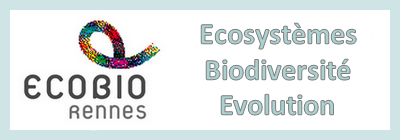The magnitude, diversity, and distribution of the economic costs of invasive terrestrial invertebrates worldwide
Résumé
Invasive species are a major driver of global biodiversity loss, hampering conservation efforts and disrupting ecosystem functions and services. While accumulating evidence has documented ecological impacts of invasive species across major geographic regions, habitat types and taxonomic groups, appraisals for economic costs have remained relatively sparse. This has hindered effective cost-benefit analyses that inform expenditure on management interventions to prevent, control, and eradicate invasive species. Terrestrial invertebrates are a particularly pervasive and damaging group of invaders, with many species compromising primary economic sectors such as agriculture and health. The present study provides synthesised quantifications of economic costs caused by invasive terrestrial invertebrates on the global scale and across a range of descriptors, using the InvaCost database. Invasive terrestrial invertebrates reportedly cost the global economy US$ 1.26 trillion over the investigated period (1960–2020), mostly due to invasive insects (> 90%). Overall, costs were not equally distributed geographically, with North America (76%) reporting the greatest costs, with far lower costs reported in Europe (4%) Asia (4%), Africa (3%), South America (2%), and Oceania (1%). These costs mostly resulted from direct resource damages and losses (76%), particularly to agriculture and forestry; relatively little (4%) was invested in management. A minority of monetary costs was directly observed (43%), but costs were mostly sourced from highly reliable estimates (58%). Economic costs displayed an increasing trend with time, with an average annual cost of US$ 20.67 billion since 1960, but reporting lags reduced costs in recent years. The massive global economic costs of terrestrial invertebrates require urgent consideration and investment by policymakers and managers, in order to prevent and remediate the economic and ecological impacts of these and other invasive species groups.
Origine : Fichiers produits par l'(les) auteur(s)


